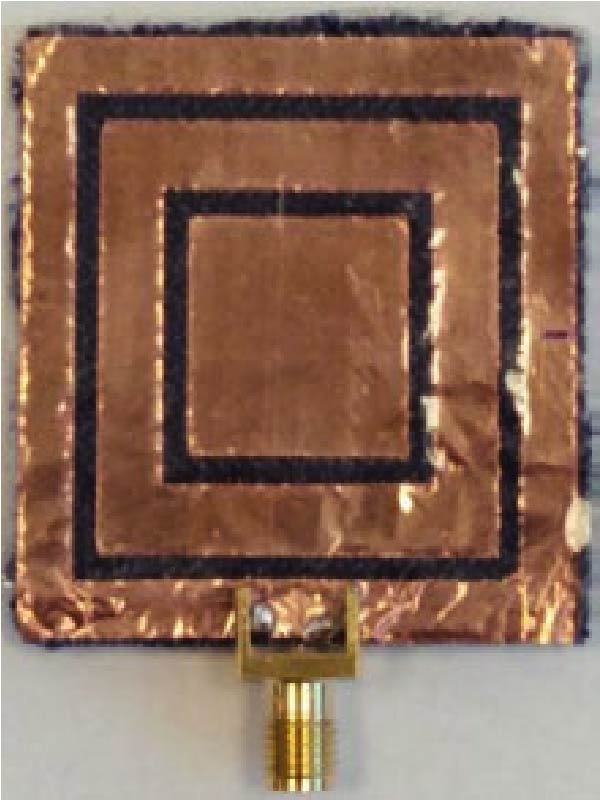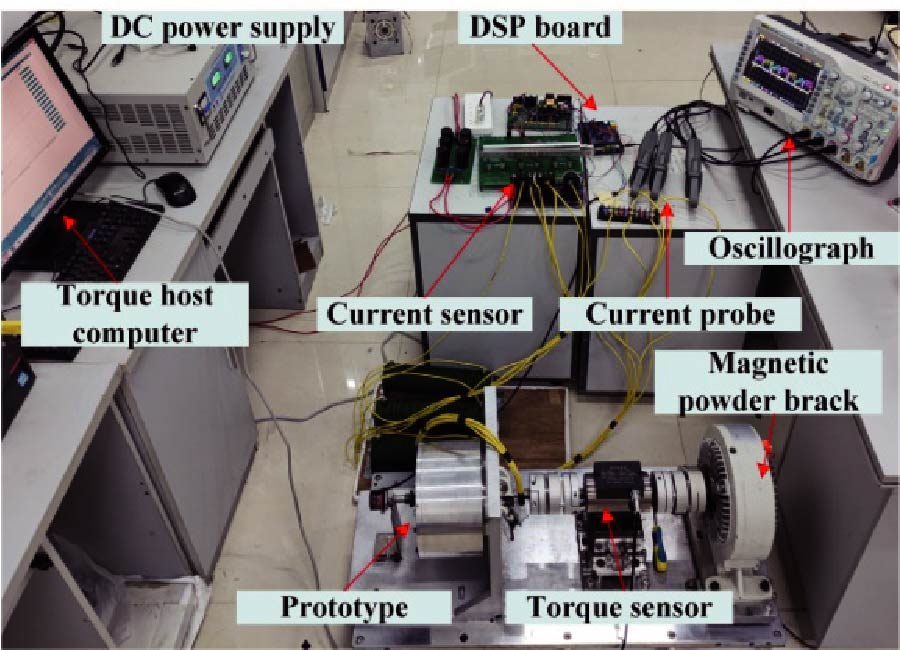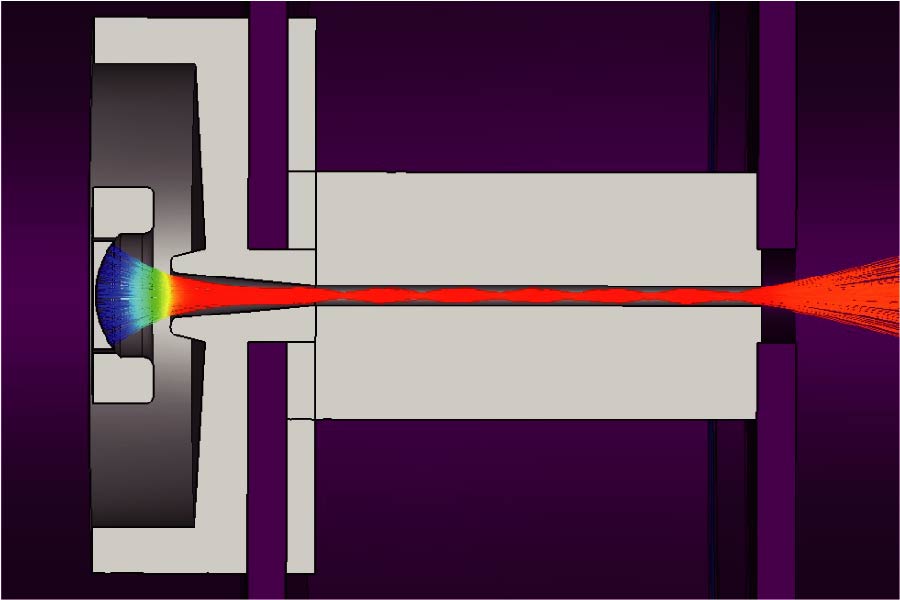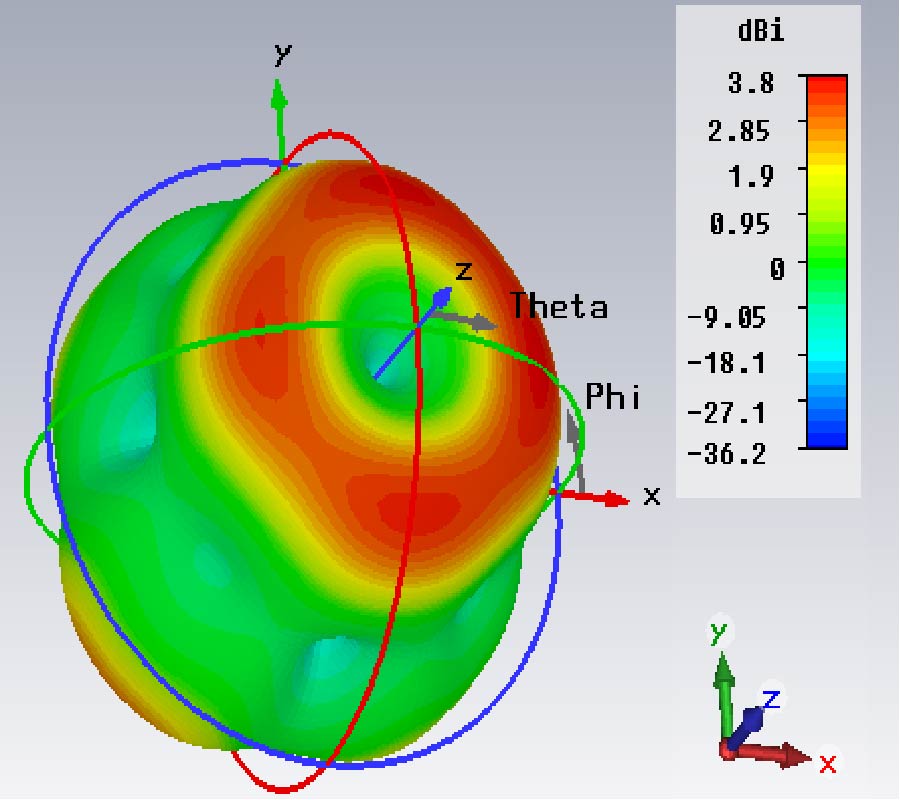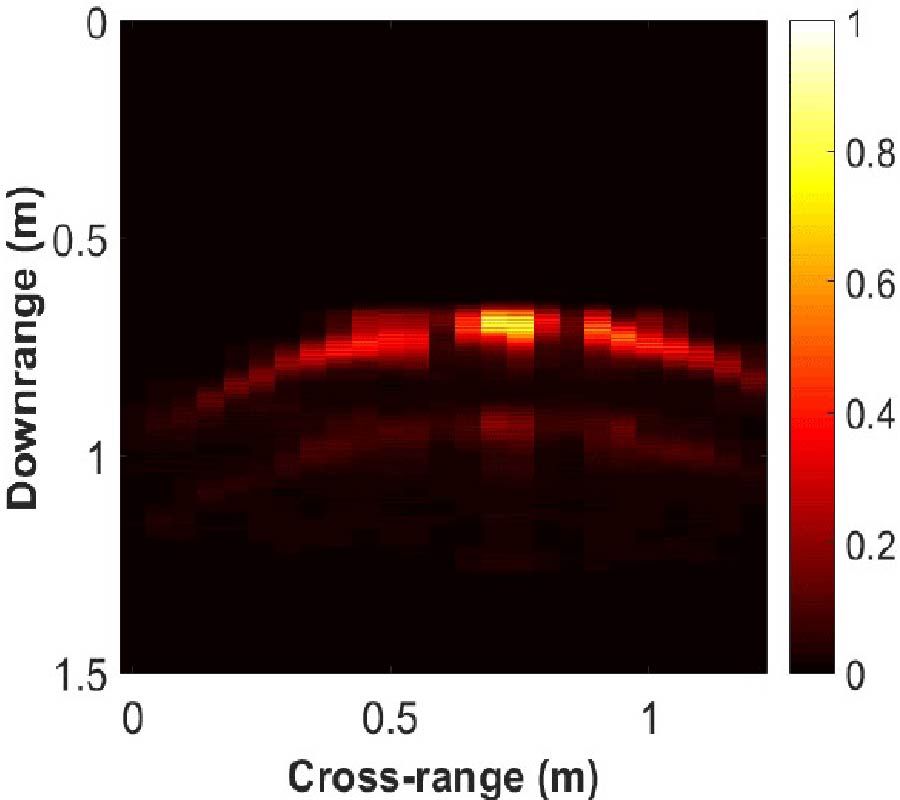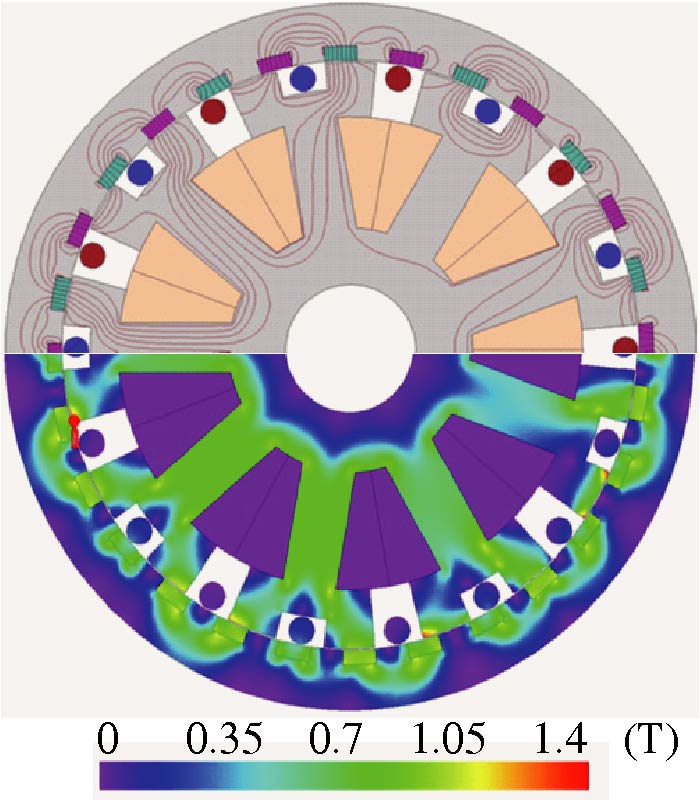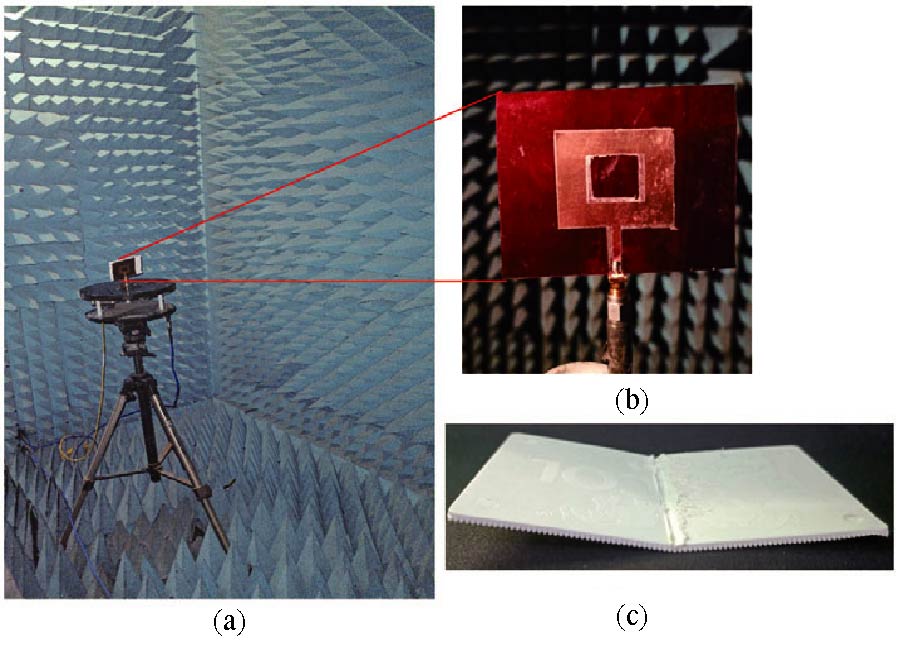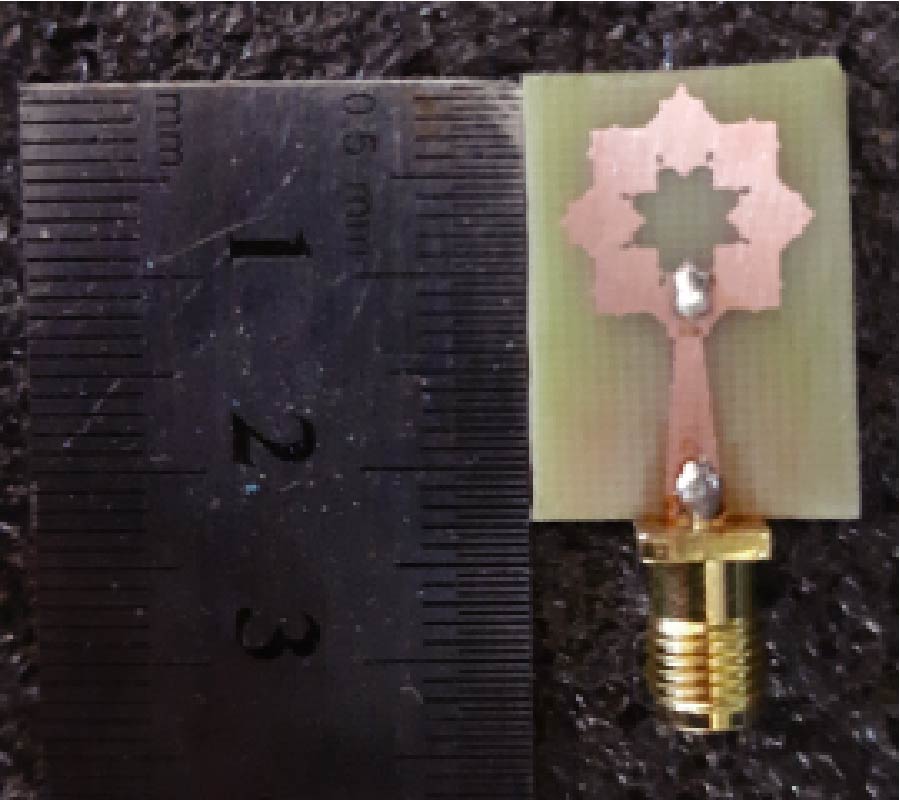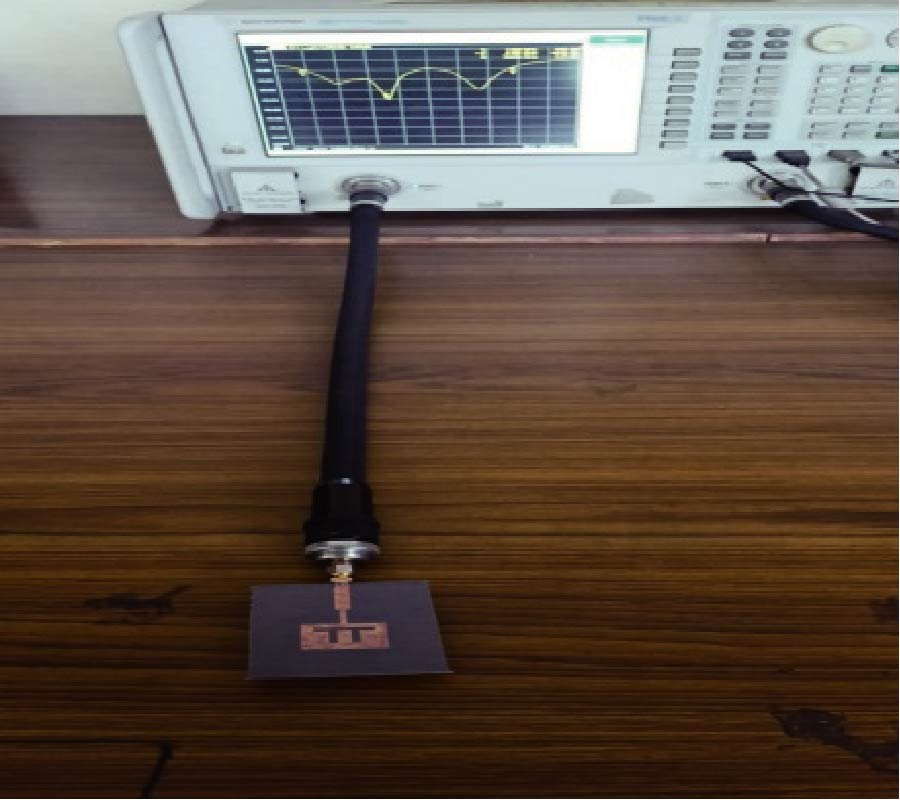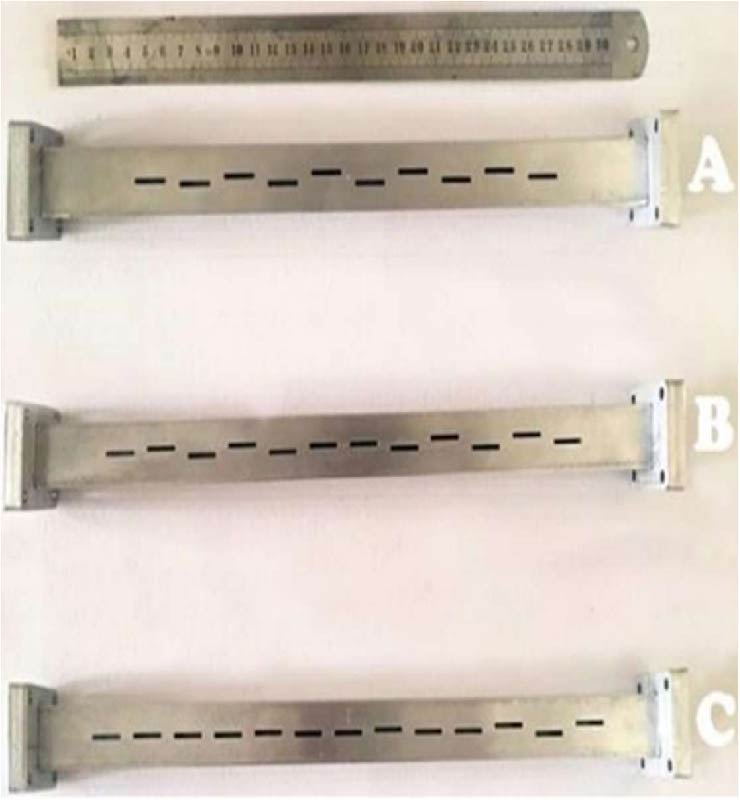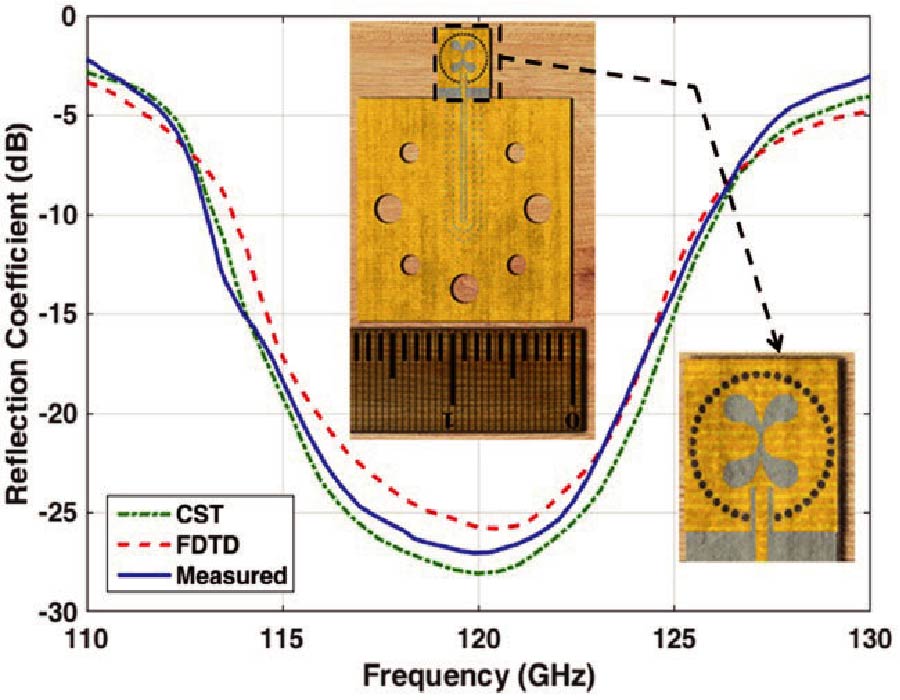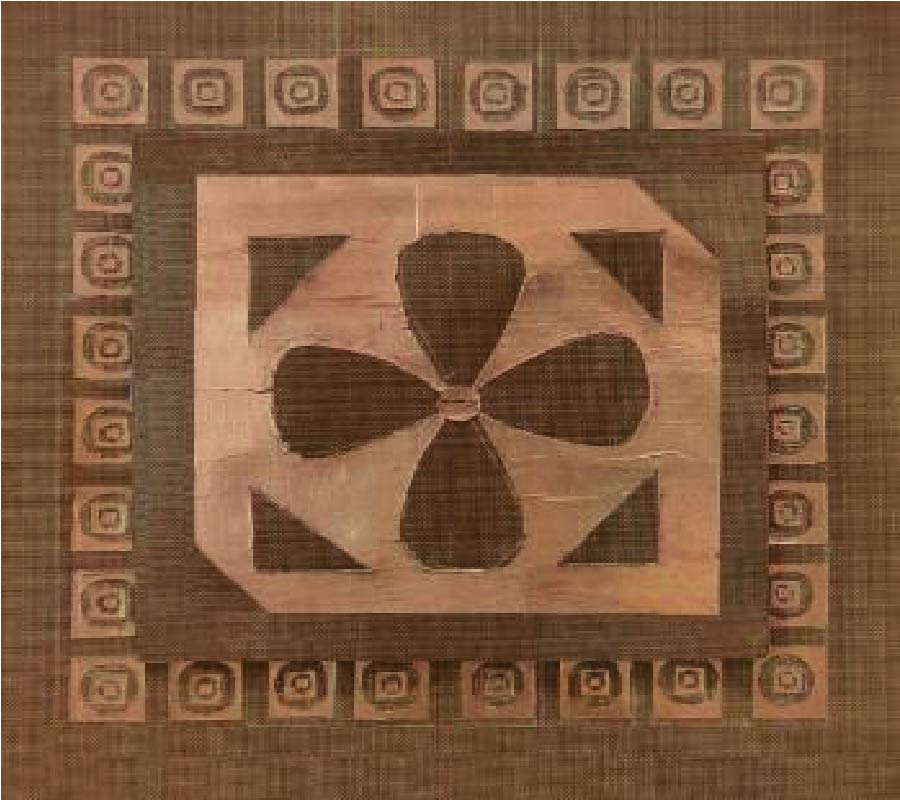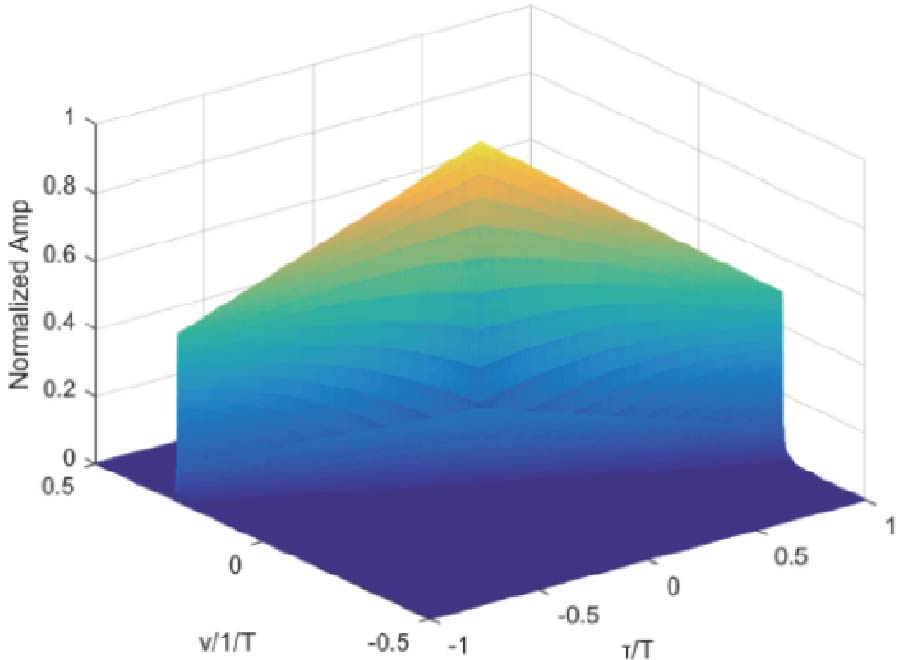Design and Experimental Verification of Variable Flux Permanent Magnet Vernier Machine Using Time-Stepping Finite Element Method
Yang Zhang
,
Jiming Luo
,
Mingming Huang
,
Quanzhen Huang
and
Duane Decker
A novel variable flux permanent magnet vernier machine (VFPMVM) is proposed by introducing the concept of hybrid excitation, and its flux modulation poles (FMPs) and excitation winding are emplaced in stator teeth and the adjacent FMPs, respectively. It can offer several merits, such as wide speed range operation through the processing of flux-enhancing and flux-weakening without increasing machine bulk, as well as the numbers of stator slot and rotor pole. Moreover, as one sort of flux modulation machine based on magnetic field modulation effect, VFPMVM features low speed, large torque, simpler mechanical structure and better utilization of PM materials than traditional flux modulation machines. The working principle of proposed machine is studied, and basic electromagnetic characteristics are calculated by finite element method, including no-load magnetic flux linkage, no-load back electromotive force, cogging torque, and output torque. In addition, the processes of flux-enhancing and flux-weakening are analyzed. Finally, one prototype with one kilowatt was built, and its static characteristics were tested. The results show that the proposed VFPMVM has the merits of high torque density, small cogging torque, and wide speed range, which is a promising candidate for electric vehicle direct drive field.
